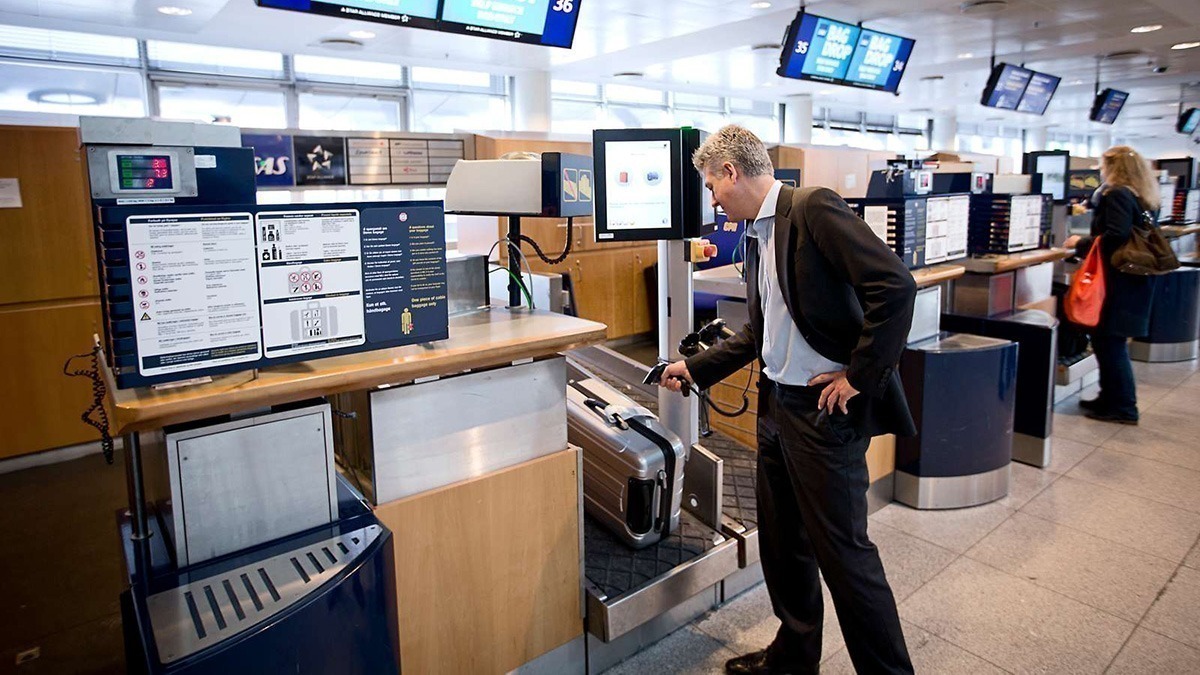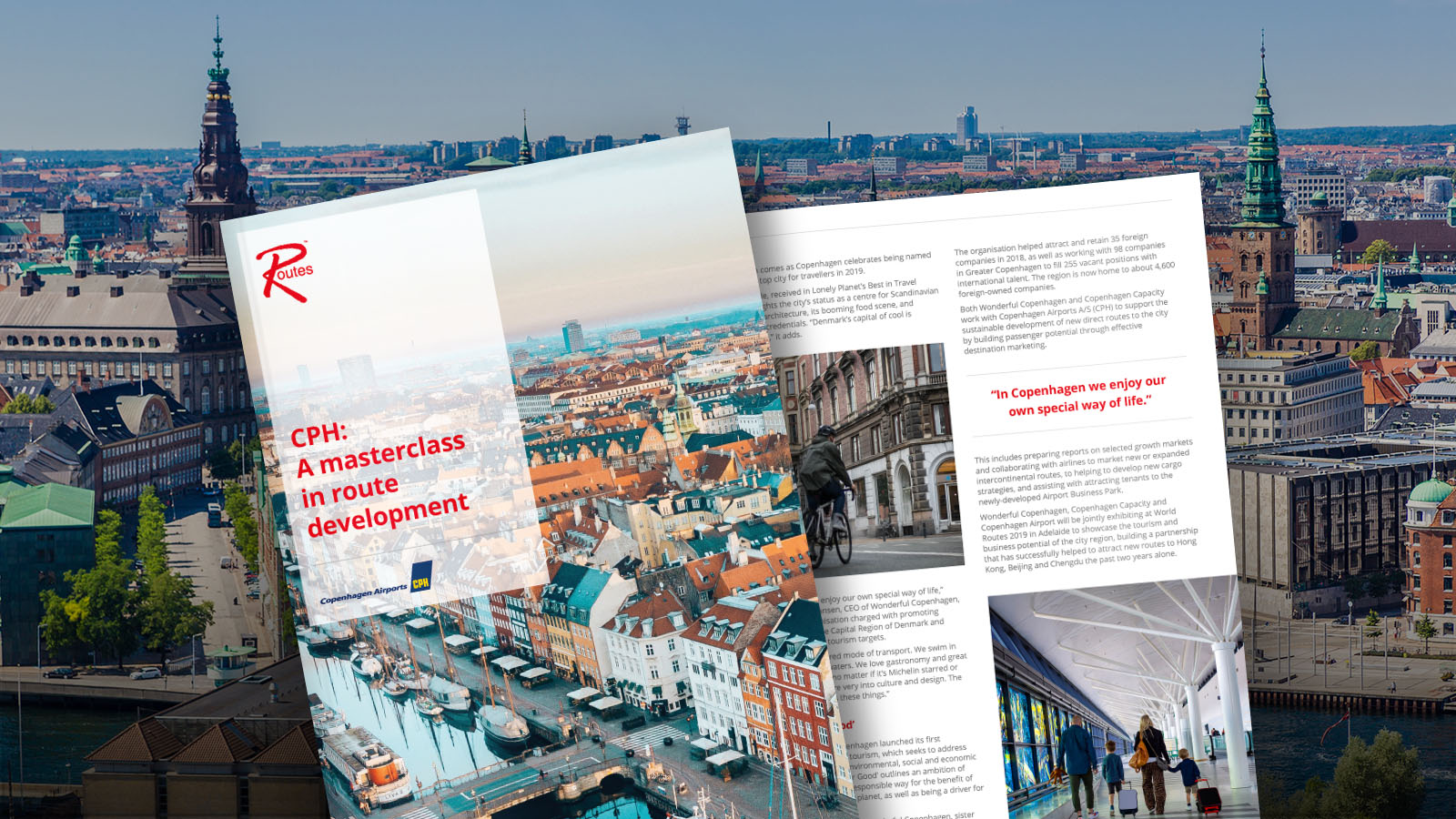Optimising the security staffing and check-in allocation with AI
Copenhagen Airport is combining state-of-the-art technology with its industry-leading expertise to optimise planning of check-in and security control, providing increased efficiency and a better passenger experience.

PHOTO BY: COPENHAGEN AIRPORT
PUBLISHED: 27/01/2020
Check-in and security are incredibly important touchpoints for passengers. Optimisation here is key to improving passenger satisfaction and increasing efficiency for airlines. Our latest optimisation initiative uses machine learning (AI) and Internet of Things (IoT) technology combined with the expertise and experience of a dedicated analysis team within the operations department. The aim is to ensure correct staffing plans which in turn allow our more than 500 dedicated security staff to deliver a great passenger experience every day in the security check points. In 2019, 99.9% of passengers waited for less than 15 minutes through security.
Reliable forecasting built on a wealth of data
“We love data,” explains Esben Kolind, Head of Operational & Business Analysis at CPH Airport. “We collect and analyse a wealth of data relating to the operation of the airport, from how often each check-in desk is used and how long it takes, to when passengers enter security and how long the waiting times are there.”
The new optimisation initiative will see Esben and his team combine their years of expertise with a powerful machine learning algorithm. They will run all this traffic data, real-time data and historical data through Copenhagen Optimisation’s Better Forecast module to create a forecast for passenger volumes and show-up profiles on a flight-by-flight level.
Going through security, the process bottleneck comes from baggage and trays rather than the number of passengers. For this stage, the team predicts the number of trays in 5-minute increments and uses data from the x-ray machines to calculate throughput. This is done in the Better Security module. The more reliable the forecasting, the smaller the buffer required in the staff planning, providing cost savings in staffing that ultimately results in an efficient operation of the airport at the benefit of all airport stakeholders.
At security, the XOVIS waiting time detection systems not only provide useful data for forecasting. The IoT technology can also provide real-time data and direct passengers to the best lane. This speeds up security and creates a better passenger experience.
Detailed planning down to 5-minute increments
The team will also use the Better Check-in module to create a detailed plan to allocate airlines to check-in counters. The plan ensures that the airlines have the number of counters that they need, keeping operations as consistent as possible for the benefit of airlines, handlers and passengers alike, while also balancing the load across the terminal and baggage system. Common-use check-in provides further efficiencies for airlines, while self-service check-in has proved very popular with passengers, resulting in lower process times and little to no queues.
“We do individual plans for every single day, down to 5-minute intervals, which is a lot more detailed than other airports,” says Esben. “This is both because we have access to so much data, and because we’ve built up the know-how to make the best use of it.” The plans are made a week in advanced and shared with airlines and ground handlers through a web portal. This portal distributes updates automatically, while still allowing for manual changes.
Continuous optimisation across the airport
For the last ten years, our dedicated analysis team has been using data to optimise operations within the airport, from day-to-day planning to long-term strategic initiatives.
“All of us at CPH are dedicated to running the most efficient airport, providing airlines with efficiency and cost savings, while improving passenger satisfaction and reducing wait times,” states Esben. “We use cutting-edge technology, and we get visits from airports all over the world coming to learn from our planning and staffing tools related to check-in and security check.”
Concurrently, the team is working on creating self-service reports and dashboards to provide even more relevant data to airlines, ground handlers and stakeholders. They have also recently been involved in the implementation of machine learning applied to baggage reclaim, improving belt allocation and waiting time estimation.
For more information about process optimisation at Copenhagen Airport, contact your key account manager.


